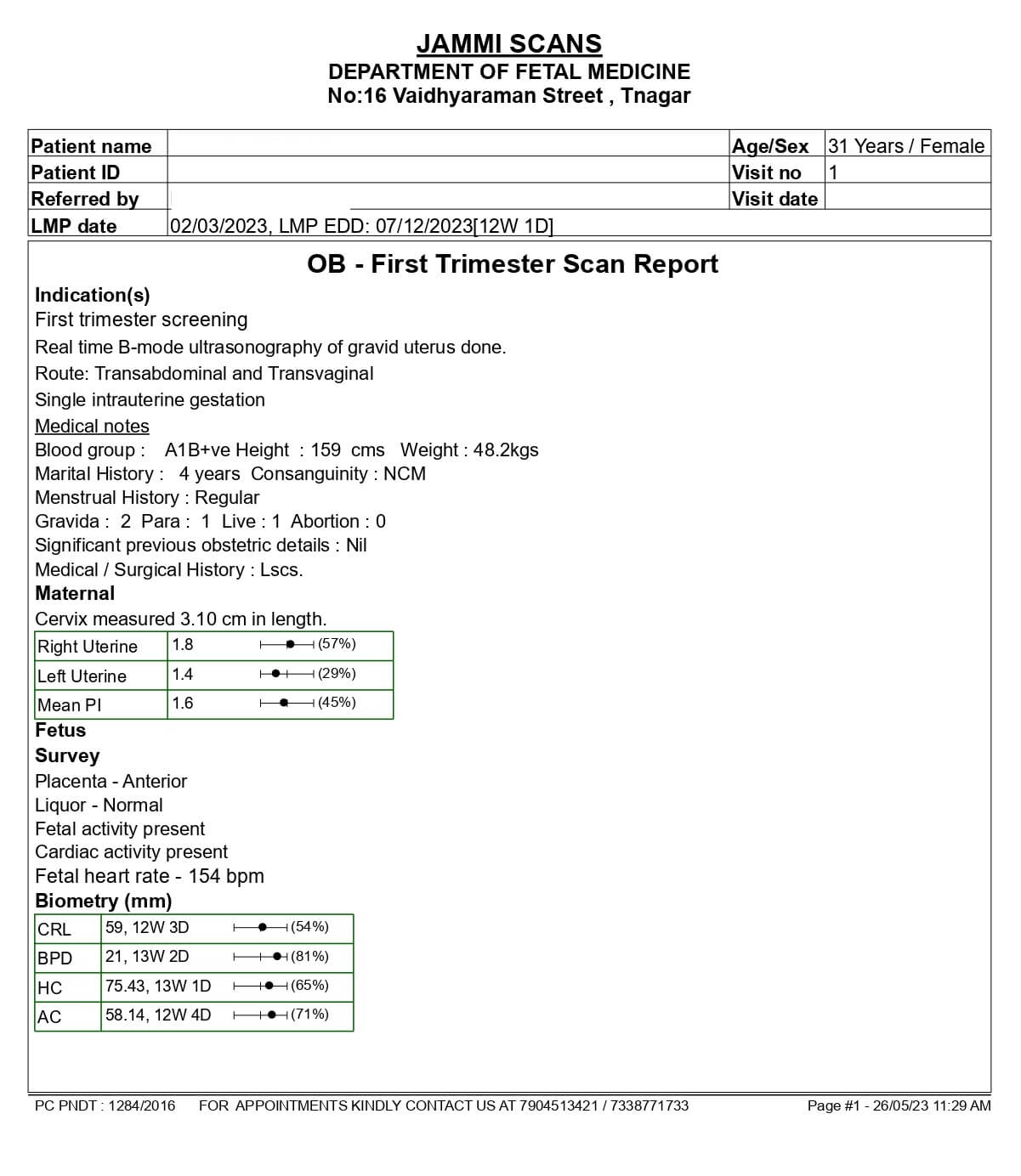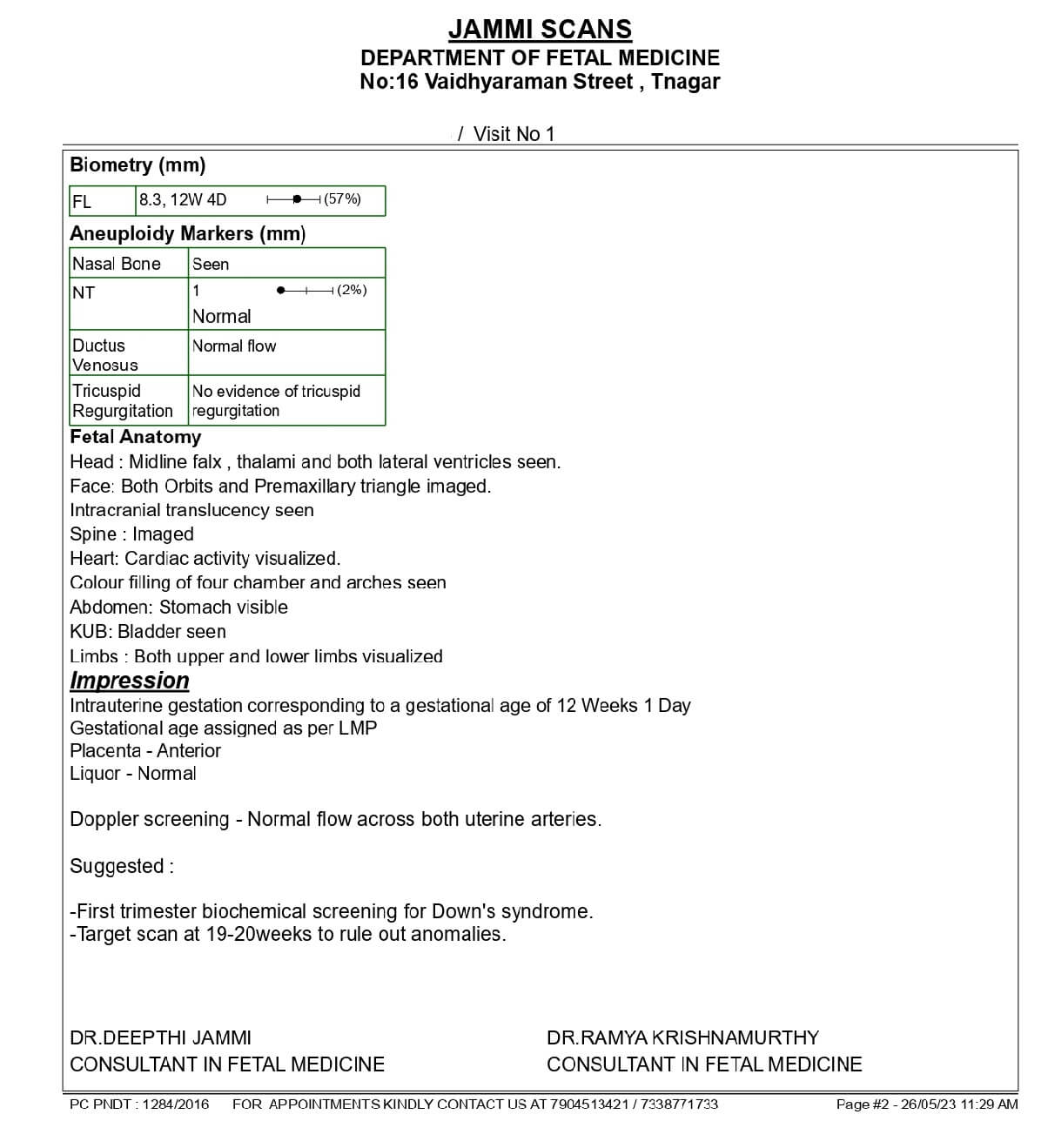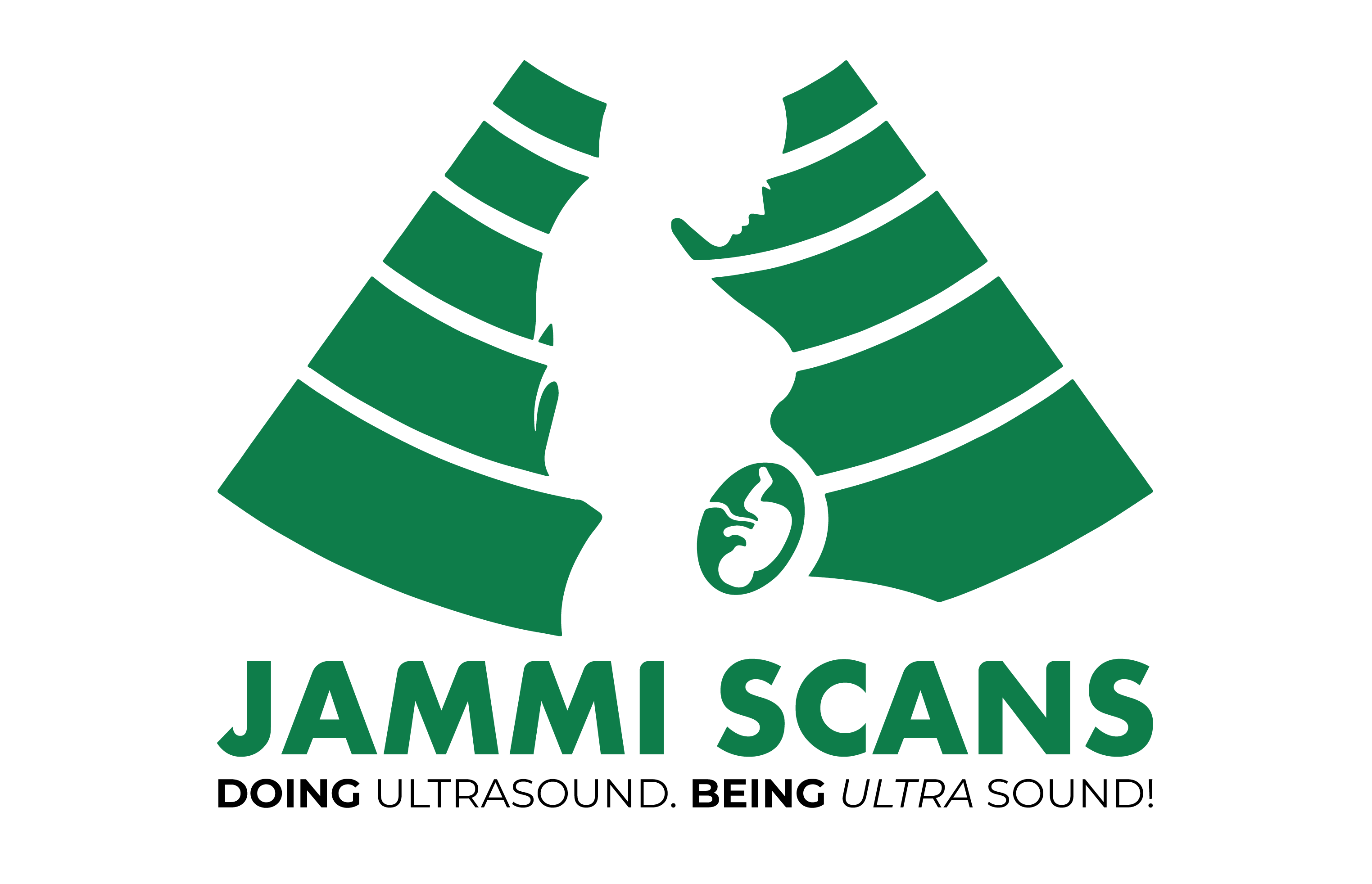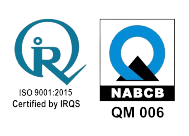Table of Contents
What is Nuchal Translucency Scan?
The nuchal translucency scan (NT scan) is an ultrasound scan performed between the 11th and 14th weeks of pregnancy to determine the thickness of the fluid at the back of the baby’s neck (nuchal translucency) and detect any chromosomal abnormalities.
Let us have a closer look into the sample NT scan report and how to read the results
How to check NT scan report?
The primary goal of an NT scan is to determine whether or not the developing fetus has Down Syndrome.


1. The NT Scan report consists of basic details about the mother, such as her age, weight, her blood group, menstrual cycle, etc.,
2. Biometry (in mm) – It contains the baby’s measurements such as CRL (Crown-rump length) that indicates the length of the baby, BPD (biparietal diameter) – the diameter of the baby’s head; HC (head circumference); and AC, that refers the Fetal abdominal circumference.
3. One of the most important sections of the NT report is checking the NT measurements.
In this sample report, the NT measurement is 1mm which is normal and has a very low chance of Down Syndrome in the baby.
What is the normal range for NT scan?
The normal NT value is anything less than 3 mm.
A normal NT range means the baby has a low chance of having Down Syndrome.
A baby can be diagnosed with Down Syndrome in one of two ways:
NT Scan:
NT above 3 millimeters in most pregnancies indicates a discussion of genetic counseling and additional testing.
Your baby should be between 45mm and 84mm in size for an NT of less than 3 mm to be considered normal (3.3in).
Double Marker Test:
1:30 means that out of 30 pregnant women with similar results, one baby will have Down Syndrome, while the other 29 will not.
1:4000 means that out of 4000 pregnant women with similar results, one baby has Down Syndrome while the remaining 3999 babies do not.
There will be less risk if the second number is high, such as 4000 in a ratio of 1:4000.
The outcomes can be divided into low-risk and high-risk categories. A cutoff of 1 in 350 is applied in these circumstances.
Because 1:30 is more dangerous than 1:350, it is regarded as high risk.
Since 1:4000 carries less risk than 1:350, it is regarded as low risk.
Why NT scan is necessary?
This is a high-quality scan taken to precisely measure the NT and CRL measurements.
These are essential in providing pregnant women with an optimum risk result for chromosomal disorders (antenatal screening).
A note from Jammi Scans
A nuchal translucency (NT) scan can assist in determining the likelihood of your baby having a congenital or genetic condition.
Don’t be alarmed if your results are unusual.
It does not indicate that your child has Down syndrome or another congenital syndrome.
It could simply indicate that your baby is at a higher risk of developing these conditions.
Create an opportunity to discuss the test results with your doctor.
She may confirm the findings with additional tests such as chorionic villus sampling or amniocentesis.
If the NT is normal, your doctor will recommend a blood test in addition to the NT scan because it will provide a more accurate assessment of your chances.
In some cases, more prenatal testing may be required to determine your baby’s chances of being born with a genetic condition.


